Last Updated: 17/07/2025
Megacolon in Cats and Dogs
Has your pet been diagnosed with megacolon? Read through our comprehensive guide to the causes, symptoms and treatment of megacolon in dogs and cats.
Author: Dr Carla Paszkowski BVSc (Hons)
Reading Time: 39 minutes - long read
Megacolon is a painful condition in which the colon becomes flaccid, dilated, impacted, and grossly enlarged. It usually occurs secondary to a long bout of constipation, but it can also be a congenital in nature. This guide should provide you with everything you need to know about megacolon.
What is Megacolon?
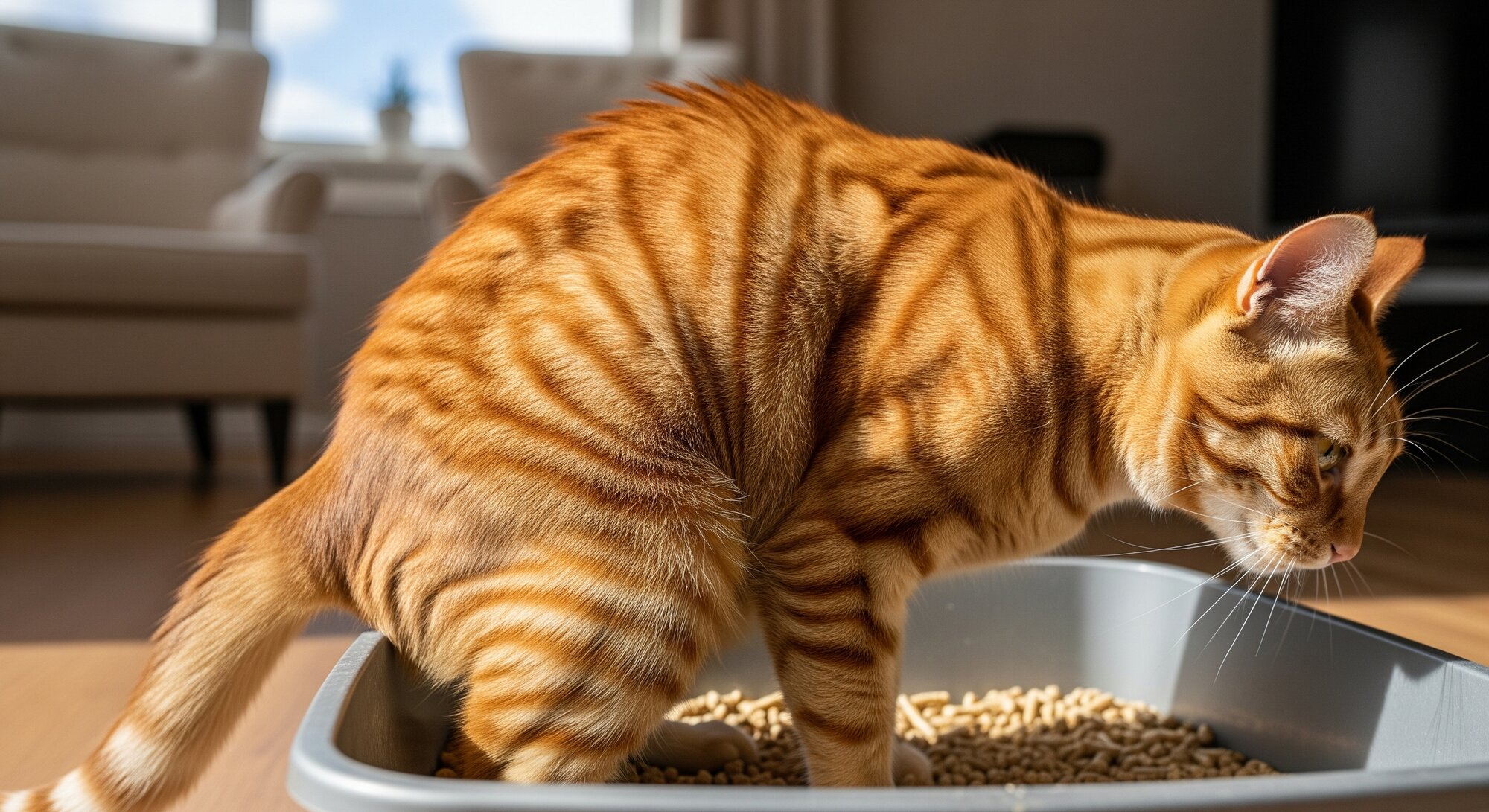
The colon is a large tubular organ that makes up the very end of the gastrointestinal tract. The large intestine joins to one end of the colon, and the rectum sits at the other end. The purpose of the colon is to absorb water and store faecal material before defection.
The walls of the colon contain smooth muscle which contract in response to nerves from the spinal cord. As the colon constricts, faecal material is pushed out of the body.
Megacolon is a condition in which the muscles of the colon wall can not contract properly, which leads to stretching and enlarging of the colon. The diameter of the colon expands dramatically - enlarging like a balloon - and can end up 3-4 times the size of a normal colon. The faecal matter accumulates in this distended colon and causes obstipation (the inability to defecate).
If left untreated, the stagnant faecal matter starts to ferment and rot, leading to a nasty bacterial overgrowth. These bacteria create toxins which then leach into the bloodstream, causing blood toxaemia, septicaemia and death.
What causes Megacolon?
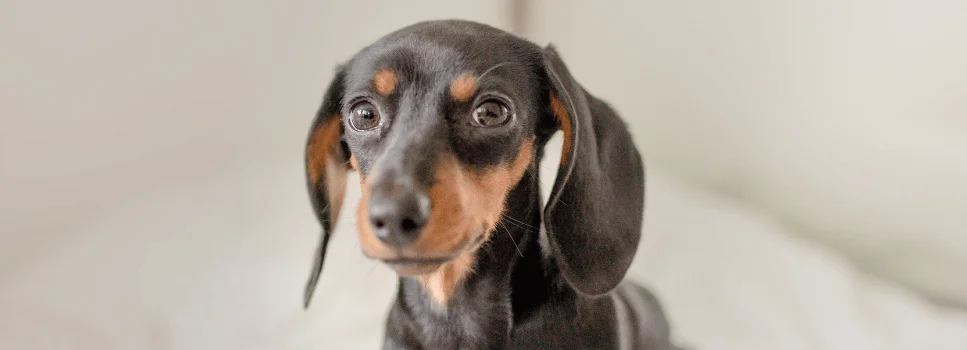
Megacolon can occur secondary to neurological causes, mechanical obstruction, or idiopathic reasons. These are outlined below.
1. Neurological disruption. If there is a problem with the nerves connecting to the smooth muscle of the colon, the colon can become limp and create a megacolon. This can occur with a spinal cord injury, for instance during a car accident, or in an animal with intervertebral disc disease (IVDD - commonly seen in Dachshunds). Certain medications, such as opioids, can also cause the nerves or smooth muscle to become inactive.
2. Mechanical obstruction. If there is a blockage whereby the faecal matter simply cannot pass, a megacolon will occur. Objects that may block the passage of faeces include an enlarged prostate, colon or rectal tumours, foreign bodies, hairballs, or strictures. This is also occasionally seen with old injuries (such as pelvic fractures), where the pelvic canal becomes narrower as the bone heals.
3. Idiopathic megacolon. 'Idiopathic' means 'of unknown cause'. This is the most common reason for megacolon, and is often seen in middle-aged to older cats. It may be related to electrolyte imbalances, such as those that occur with kidney failure.
Did you know? Constipation in dogs as well as constipation in cats can lead to obstipation and the development of megaocolon. If your pet appears uncomfortable or is straining unproductively, seek intervention with your veterinarian.
Which animals are prone to megacolon?
Megacolon may occur in any breed and at any age, but is most common in:
- Middle-aged and senior cats (the most common age is 5-9 years)
- Older male dogs that have not been desexed (secondary to an enlarged prostate)
- Any animal who has been treated with certain medications or undergone a general anaesthetic
- Animals that have suffered from a spinal injury or spinal condition (particularly Dachshunds with IVDD).
Interestingly, Manx cats are predisposed to a congenital form of megacolon, which is caused by a sacral spine deformity. Manx cats that suffer from this deformity do so often because of irresponsible breeders that select for a 'tail free' appearance.
Signs and Symptoms of Megacolon
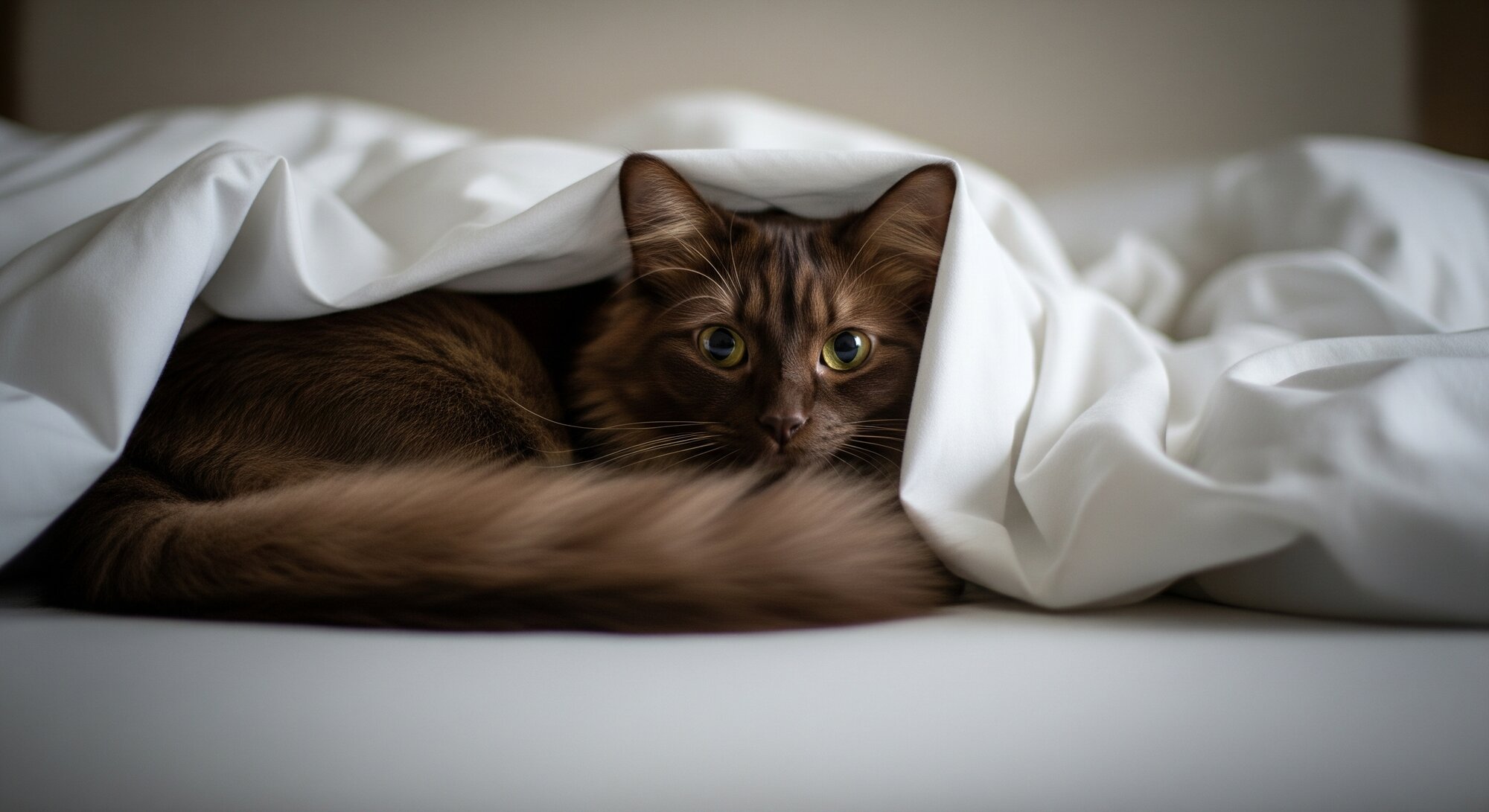
As stated above, megacolon is associated with obstipation (an inability to defecate). As such, most symptoms reflect this. However, as the disease progresses, more worrying symptoms may appear secondary to blood toxaemia, septicaemia, or colonic rupture.
- Tenesmus (straining to defecate)
- Passing no stool, OR less stool than normal
- Defecation of liquid stool, blood, or mucus
- Abdominal discomfort
- Hard, large, firm faeces in the colon. If severe, your vet will be able to palpate this in the abdomen.
- Decreased appetite
- Lethargy
- Vomiting
Straining to defecate may be a sign of megacolon, but it's important to be aware that your cat may be straining to urinate (which is also a cause for concern).
Diagnosis of Megacolon
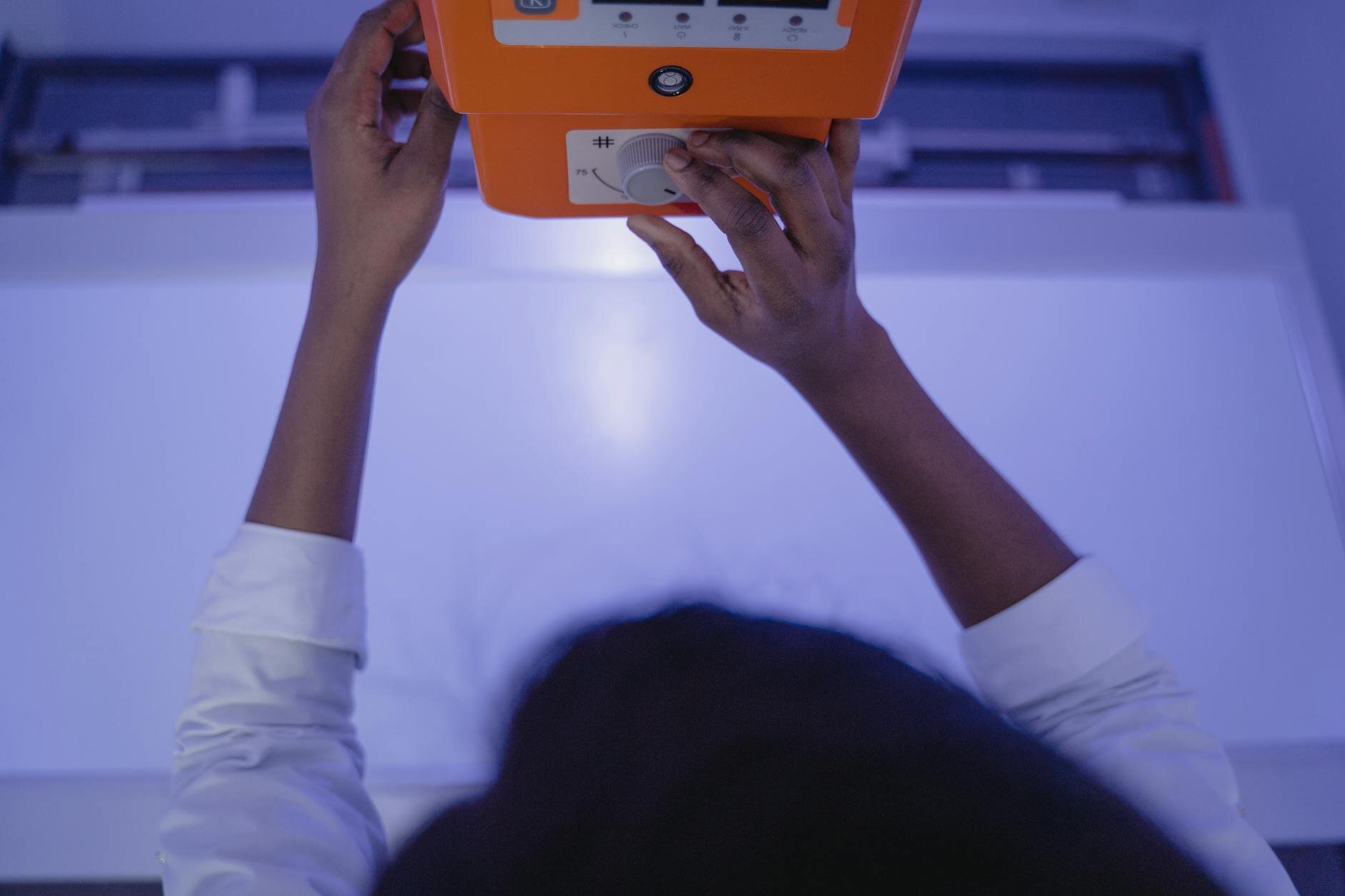
Diagnosis of megacolon requires a veterinary examination and imaging. Your vet may run some or all of the following tests:
- Full physical exam
- Rectal exam
- Full bloodwork
- Radiographs (xrays)
- Ultrasound
- Colonoscopy
- Barium (contrast) study - Barium is a radiolucent dye administered by mouth or rectally which highlights soft tissue structures on xrays.
During the physical exam, your vet may be able to palpate the enlarged colon full of firm faeces. Imaging (xrays, barium study, ultrasound, or colonoscopy) will usually reveal a distended colon full of faeces or air. Blood tests are done to assess your pet's current health status and whether any signs of toxaemia are developing.
Treatment of Megacolon in cats and dogs
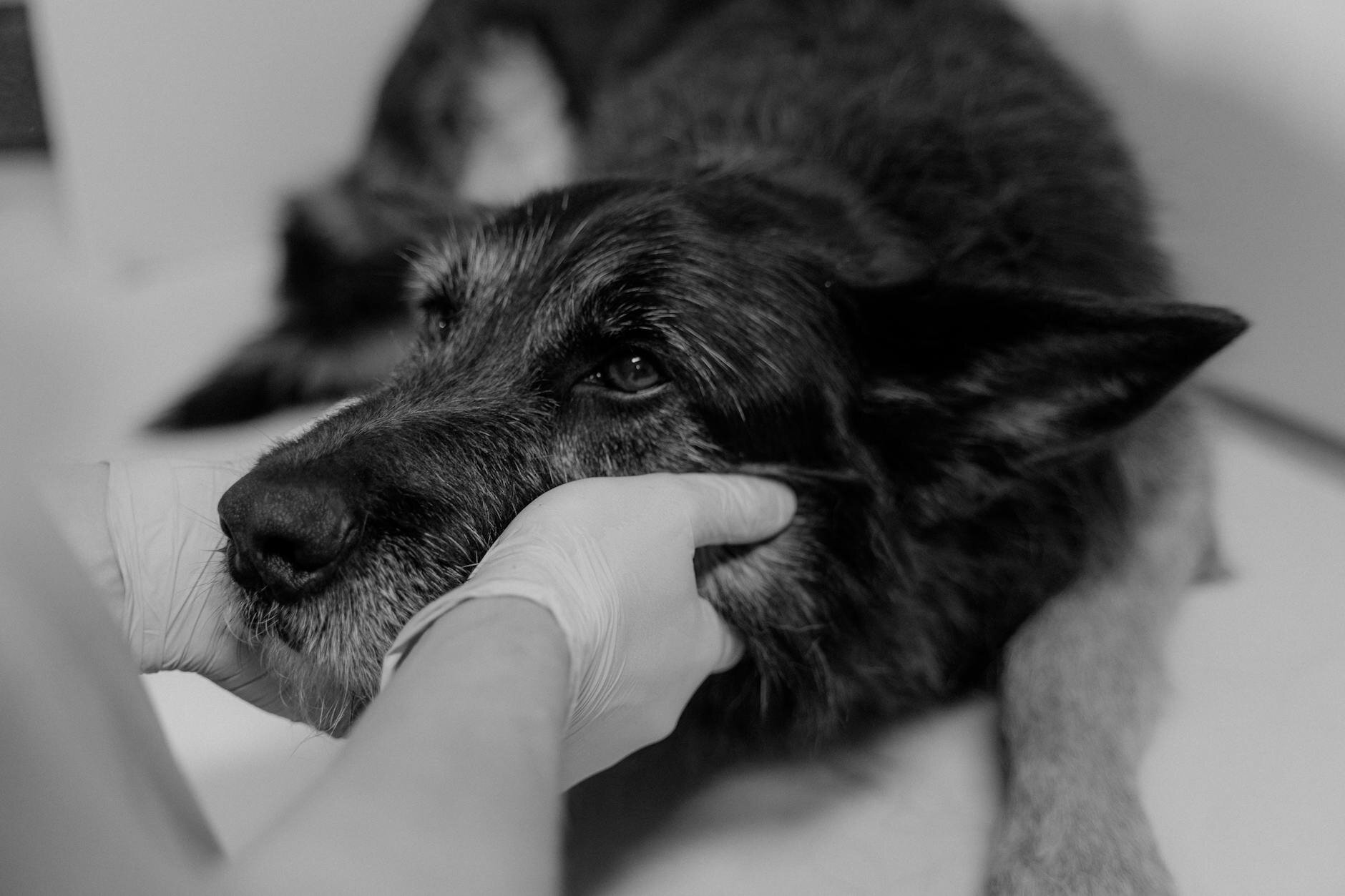
Medical Management
For idiopathic megacolon, most veterinarians will choose medical management first. This involves:
- Intravenous fluids for hydration
- An enema and deobstipation (manual removal of faeces) procedure - this must always be done under sedation as it is very painful
- Ongoing management with a low-residue diet
- Medications such as lactulose and cisapride.
A low residue diet helps to stimulate the cells of the colon without increasing the bulk of the faeces. Lactulose helps speed up defecation and softens the stool. Cisapride stimulates colonic motility, leading to stronger contractions.
NEVER attempt to give your pet an enema at home. Most over-the-counter infant enemas (including Fleet phosphate enema) are toxic to cats. Plus, without a controlled general anaesthetic, you may seriously injure your pet (or yourself!) in the process.
Surgery
Surgery is indicated in cases that are advanced or those that don't respond to medical treatment. A procedure called a subtotal colectomy involves the removal of the non-functioning part of the colon. The remaining ends on either side of the resected colon are then sutured together. This surgery must always accompany antibiotic therapy, before and after the procedure, as the colon is the most bacteria-dense part of the gastrointestinal tract.
Medical approach is usually attempted first, while surgery is reserved for unresponsive or severe cases.
Best Diets for Megacolon
If your pet is undergoing medical management of megacolon or is generally very prone to constipation, your vet may recommend either a low-residue diet or a high fibre diet. The two are generally opposites - low residue diets are low in fibre and therefore create smaller stools that are easy to pass, whereas high fibre diets create bulky stools that encourage motility.
Often the ideal diet plan involves feeding a low residue diet until the immediate constipation is alleviated, and then introducing more fibre to prevent a future episode. Ultimately, the ideal diet for your pet will depend on the cause of the constipation and the current situation, so always consult with your vet before administering a new diet.
Best low-residue diets
A low residue diet helps reduce faecal bulk and creates smaller stools. Low residue diets should be easy to digest - this means they are high in digestible protein, low in fat, and low in fibre - although not without fibre altogether. Some fibre is needed to feed the 'healthy bacteria' in the colon, which can help prevent megacolon from developing. Most low residue diets contain a specific blend of high quality fibre in low quantities to help maintain this balance.
Hills Prescription Diet i/d Canned Food is available for cats and dogs in different flavours, and a low fat option is available for dogs. The i/d range provides digestible protein which is also relatively low in fibre and fat, making it a great low residue diet option.
Major callouts: contains low fibre, highly digestible protein, omega-3 & -6 fatty acids, ActivBiome+ probiotics for support of gut microbiome.
Royal Canin Gastrointestinal is another great low-residue diet. It is formulated using highly digestible proteins, prebiotics, and beneficial fibres to help promote good digestive health. It also contains Omega-3 fatty acids DHA and EPA from fish oil, which may help to reduce the intestinal inflammation present during gastrointestinal disorders. Royal Canin Gastrointestinal is high in energy and palatability to promote food and energy intake.
Major callouts: Highly digestible proteins, Omega-3 fatty acids DHA and EPA for a healthy digestive system.
Best high fibre diets
On the other side of the coin, high fibre diets create a bulkier stool. Just as humans take psyllium husk or Metamucil to 'stay regular', a high fibre diet can help keep things moving for pets too. This type of diet was recommended in the past to treat megacolon but is now generally considered counteractive during the immediate phase while gut motility is reduced. Instead, a high fibre diet may be better indicated long term, after the acute constipation episode has passed.
There are plenty of ways to increase fibre in your pet's diet. You may wish to swap to a specially designed high fibre pet food, or you may wish to simply add fibrous vegetables or psyllium on top of their existing food.
1. High fibre diets
High fibre diets are often the easiest and most effective way to increase your pet's fibre intake. For example, Hill's Prescription Diet Gastrointestinal Biome is a high-fibre pet food designed specifically to support the gut microflora without the use of additional supplements. It contains unique ActiveBiome+TM technology - a special blend of prebiotic fibres that works with and feeds the bacteria present in your pet's microbiome to support better digestive health. The high level of fibre helps to create a firm, bulky stool and can help manage constipation.
2. Psyllium Husk
Usually consumed for it's bulk-forming, anti-constipation effects, psyllium husk is also a powerful prebiotic. Psyllium has been demonstrated to increase microbial diversity and numbers, as well as their associated digestive enzymes. (Plus, it can help if your pet has anal gland issues!)
When giving your pet psyllium husk, always make sure to select a natural, unflavoured variety free from flavourings. Give one teaspoon per 10kg bodyweight, sprinkled on the food daily, and adjust the dose as needed.
3. Fibre-rich Fruits and Vegetables
Certain vegetables are naturally high in fibre and can help reduce constipation. Examples include mushy pumpkin, asparagus, artichokes, leeks, bananas, and chicory root. You may wish to incorporate these into your pet's diet, but always make sure that vegetables are well cooked (as this helps with their digestion) and that sugary fruits like bananas are given in moderation.
Hydration is vital
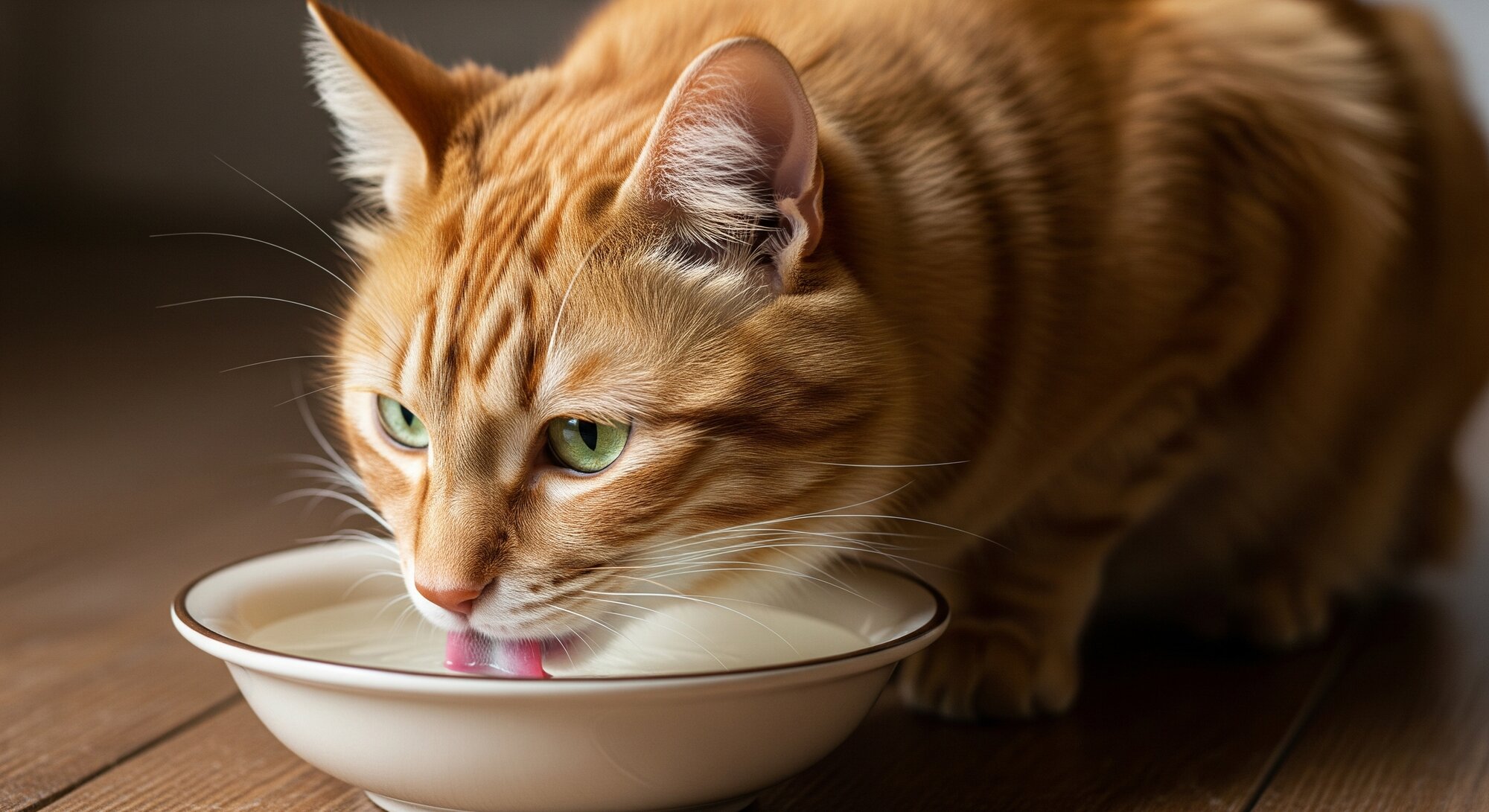
In addition to the right diet, hydration is absolutely vital for maintaining regular bowel movements. If your pet is dehydrated, water will be drawn from the colon contents in order to preserve hydration. This creates a hard, dry stool and can lead to constipation. There are a number of ways to promote hydration in pets:
Shop products to increase your pet's hydration
Ultimately, megacolon is a complex and often painful condition that requires prompt veterinary attention. As we have seen, the journey from diagnosis to management is a collaborative effort between you and your vet. While the symptoms can be distressing, a definitive diagnosis is the first step toward providing your pet with relief and a better quality of life.
Successful long-term management hinges on a multi-faceted approach. Whether through medical intervention with medications and enemas, or a surgical subtotal colectomy in more severe cases, professional veterinary care is non-negotiable. As a pet owner, your role is equally critical in maintaining your companion's health through diligent dietary management - whether it's a low-residue or high-fibre diet - and ensuring constant hydration.
By staying vigilant for the signs of constipation, partnering closely with your veterinarian, and providing a supportive home environment with the right nutrition, you can effectively manage your pet's condition and help them live a comfortable and happy life.
Further Reading
Want to read more? Check out our other articles:
History
Our experts continually monitor the health and wellness space and we update our articles when new information becomes available.
Wed 31 Jan 2024
Written by Dr Carla Paszkowski BVSc (Hons)Dr Carla Paszkowski BVSc (Hons)
Veterinarian
Dr. Carla graduated from the University of Queensland in 2013 with a Bachelor of Veterinary Science and worked for a number of years in small animal clinics across South East Queensland. While Carla enjoys most facets of clinical veterinary work, she holds a special passion for feline medicine, pocket pets, and nutrition.

